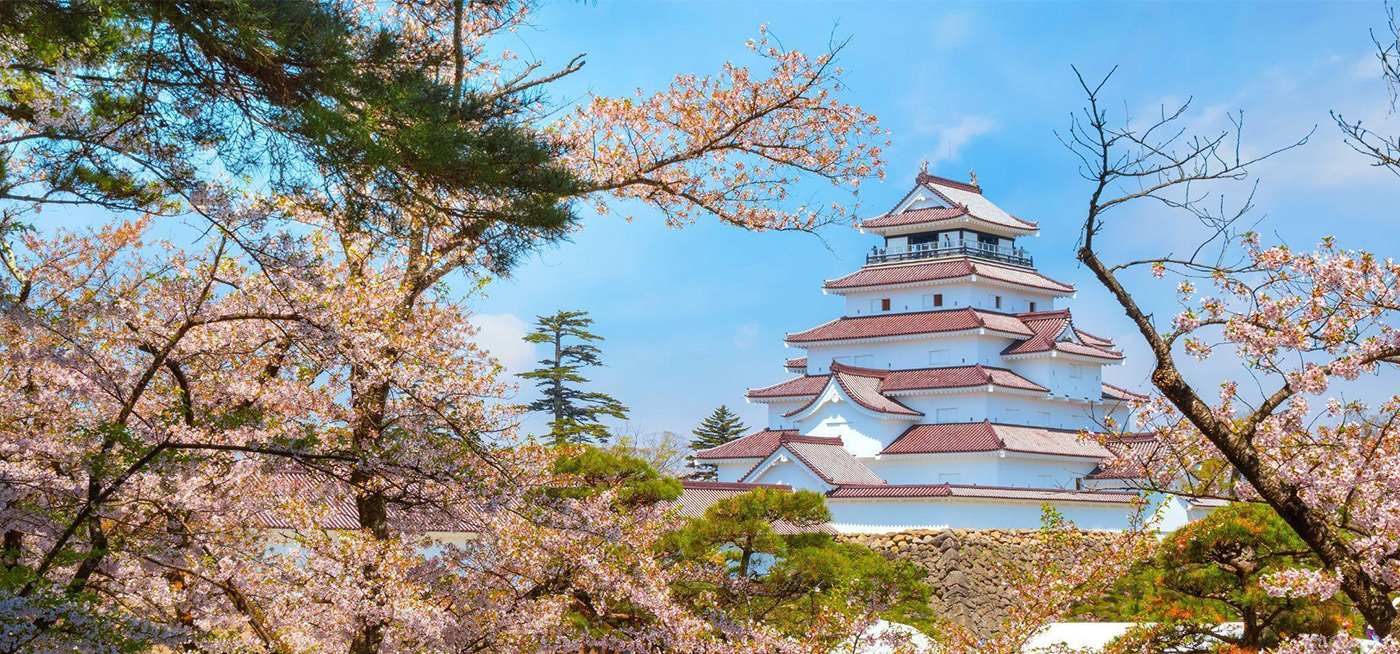- People working in these hard-hit industries share how their businesses were able to bounce back after the 2011 earthquake, tsunami and nuclear meltdowns
- Efforts continue to dispel lingering doubts and assure the world that the prefecture is safe as a travel destination and as a source of food products
On March 11, 2011, the world watched in horror as video footage showed towns on Japan's main island of Honshu being wiped out by a tsunami. The public's thoughts went straight to the lives that were lost to the disaster, which was triggered by the 9.0-magnitude Great East Japan Earthquake that struck 130km (80 miles) off the coast from the city of Sendai.
More than 19,000 people were killed by the massive tsunami, yet the disaster only continued to grow. In Honshu's Fukushima prefecture, Tokyo Electric Power Company Holdings' (TEPCO's) Fukushima Daiichi Nuclear Power Station was flooded as tsunami waves of up to 15 metres (49 feet) high surged over its seawall, disabling the facility's cooling systems and causing meltdowns of three reactors. An evacuation zone of 30 sq km (12 square miles) was set up around the nuclear power station because of leaking radiation, and 165,000 residents were forced to evacuate, together with people whose homes were destroyed by the earthquake and tsunami.
Although screening in the weeks following the meltdowns found no adverse health effects related to radiation exposure in 195,345 residents living in the power station's vicinity as of May 2011, it did not stop speculation about how the nuclear accident might have long-term impacts – not just in Japan, but also around the world.
It caused panic as far away as the west coast of the US and Canada, where, in the months after the meltdowns, many people started taking potassium iodide as they feared possible radiation exposure through wastewater discharged from the nuclear power station into the Pacific Ocean.
Situation on the ground
To this day, doubts continue to persist over whether it is safe to visit the coastal region of Fukushima, despite many areas of the prefecture having been declared decontaminated after extensive clean-up work.
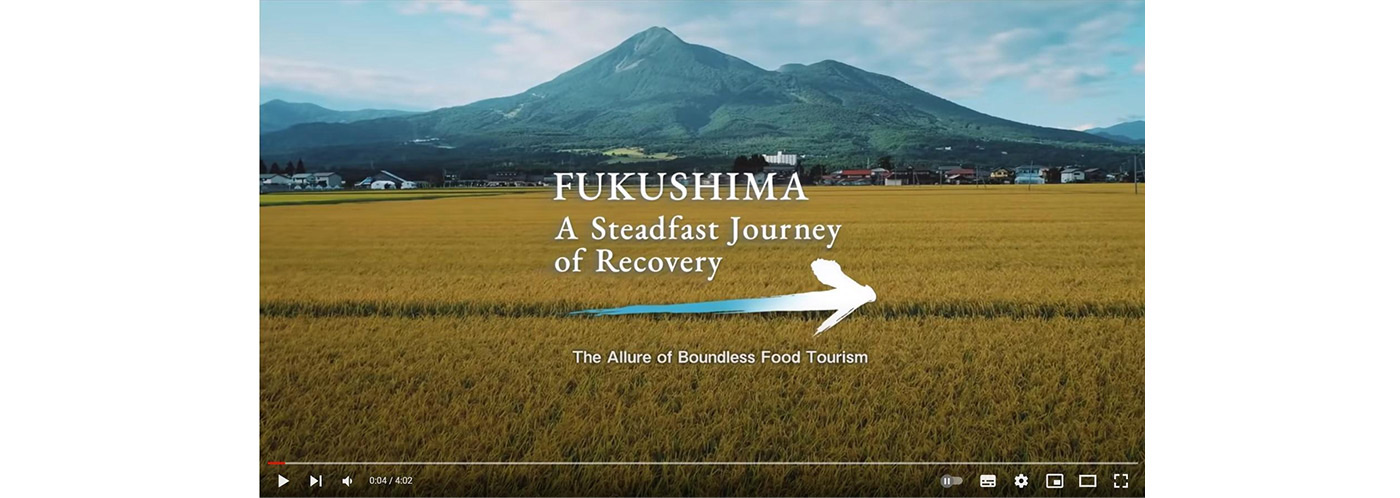
“Decontamination work in Fukushima prefecture is complete, except for a limited area designated as 'difficult to return'. Air doses in the prefecture have been reduced to a level no different from those in cities around the world,” says Kiyotaka Yamada of the Fukushima prefectural government's Revitalization and Comprehensive Planning Division.
“The evacuation zone in Fukushima prefecture has been reduced from 12 per cent in 2011 to 2.3 per cent today.”
The two towns that host TEPCO's Fukushima Daiichi Nuclear Power Station - Okuma and Futaba - started reopening at the end of June and August, respectively. The evacuation order was lifted in parts of both towns, but it is expected to take many more years for these affected locales to regain their vibrancy.
For the residents across much of Fukushima, their experiences with the disaster are behind them, but will never be forgotten.
Nine years ago, Min Phone Aung, 36, of Myanmar moved to Iwaki - one of the largest cities in Fukushima, with a population of around 325,000 as of November 2022 - to attend Higashi Nippon International University. There, he encountered daily reminders of what had happened in 2011.

“There was a dosimetre at the school for staff and students to measure radiation,” he recalls. “I have heard about a lot of sad experiences resulting from the Great East Japan Earthquake, but when I arrived in the country, people seemed to be in good spirits.
“I worked part time at a ramen restaurant as a student. I respected [the restaurant’s] president a lot, so I am still living in Iwaki and working there as a full-time employee.”
In contrast with Japan’s rapidly ageing and shrinking native population, the number of foreign residents has been growing. Data published by the country’s Ministry of Internal Affairs and Communications in January 2020 showed that the number of foreign nationals living in Japan increased by 199,516 over the previous year to 2,866,715, accounting for 2.25 per cent of the total population.
According to Min Phone Aung, Fukushima boasts a notable expat population. “When you visit Fukushima, you will see foreigners walking around train stations and working in town.”
A matter of public confidence
Another part of the prefecture's recovery efforts is reviving tourism. Not surprisingly, the industry was hit hard by the 2011 triple disaster, but it had seen steady recovery in the years before the Covid-19 pandemic.
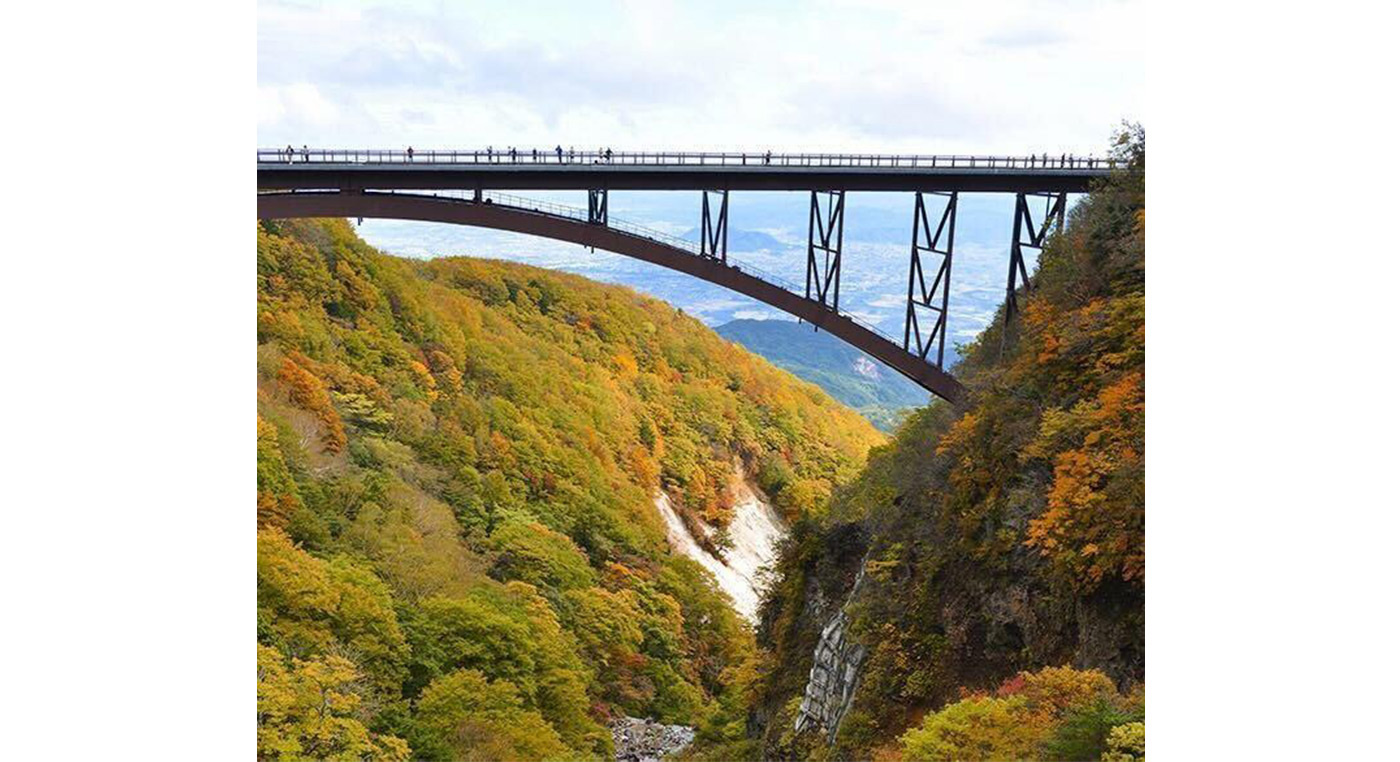
“The total number of foreign visitors to Japan who came to stay in Fukushima during 2010 was about 87,000,” says Takeshi Naganuma of the Fukushima Prefecture Tourism Promotion Division. “By 2017, the number of visitors exceeded the pre-earthquake level and reached 96,000, and by 2019, the number grew to a record high of about 178,000.”
Now that Japan has lifted pandemic travel restrictions and reopened to all overseas visitors - subject to vaccine and testing requirements - Naganuma hopes to see tourism in the prefecture make another rebound.

“We are working on communicating Fukushima’s appeal to the world as a safe travel destination by inviting influencers to experience its strengths in winter sports such as skiing, and also the Ebisu Circuit, a car racing track in Nihonmatsu City,” he says.
“We used to see the most visitors from Taiwan and Hong Kong in October and November, the season of autumn leaves.”
Hospitality business owners have also had many hurdles to overcome since 2011.
“It took us three months to receive guests again due to partial building damage, water leaks and damaged parking lots,” says Keiko Ouchi, manager of Kounkaku in Nakadori, a region spanning the middle third of Fukushima prefecture.

Despite the uncertainty about how long the nuclear accident would deter tourists, Kounkaku - an onsen ryokan, or traditional Japanese inn with a hot spring bath - took the challenge in stride, making use of government assistance to stay afloat while giving the property an upgrade.
Ouchi says: “We created a new facility where customers can enjoy an ashiyu [foot bath] on a lookout deck with a great view of the Abukuma mountain range.”
She believes that as a destination, Nakadori speaks for itself with its rich history and abundant nature. The source of the ryokan's onsen water is Dake Onsen at the foot of Mount Adatara, with its original spring located at an elevation of 1,500 metres (4,921 feet) on the mountain. The water travels 8km (5 miles) from the mountain in a yudoi, or wooden moat, to reach Kounkaku.
“The temperature of the water naturally lowers in the yudoi during the 40 minutes it takes to reach the hot spring resort,” Ouchi explains. “Although it is an acidic spring, the water is gentle to the skin.”
Whetting the world's appetite
Fukushima's agriculture and fishing also suffered after the earthquake, tsunami and nuclear accident, but people working in these industries are determined to get things back on track. Kentaro Matsuzaki, president of the Okuya Peanut Japan Company, is one example of the unwavering efforts.
“There are 80 farmers that I have contracts with, and immediately after the earthquake, I struggled to motivate them,” he says. “But after proactively testing all the crops, the farmers were reassured by the results, and they resumed farming.”

Matsuzaki's company is based in Aizu, the westernmost of the three regions comprising Fukushima. Being 100km (62 miles) from the sea, it was not directly affected by the tsunami, and so became designated as an evacuation area for displaced coastal residents. However, it was not spared from the economic consequences of the triple disaster.
“Aizu is a basin, and originally famous for tourism. But tourists stopped coming, and sales of tourist souvenirs such as confectionery made from peanuts completely disappeared,” Matsuzaki says. “So I formed the ‘Gambarube [Let’s do this]! Aizu-Kitakata Club’ campaign with young people, and for about two years after the earthquake, we loaded our stock of goods onto trucks and went to Tokyo’s shopping areas to sell them, and returned home loaded with relief supplies needed by the evacuees.”
Three years after the earthquake, with disaster victims beginning to return home and tourists gradually returning to Aizu, Matsuzaki turned his attention towards campaigning overseas. He travelled to Thailand, Australia and Hong Kong, where he negotiated with retailers to get Fukushima produce back on their shelves.
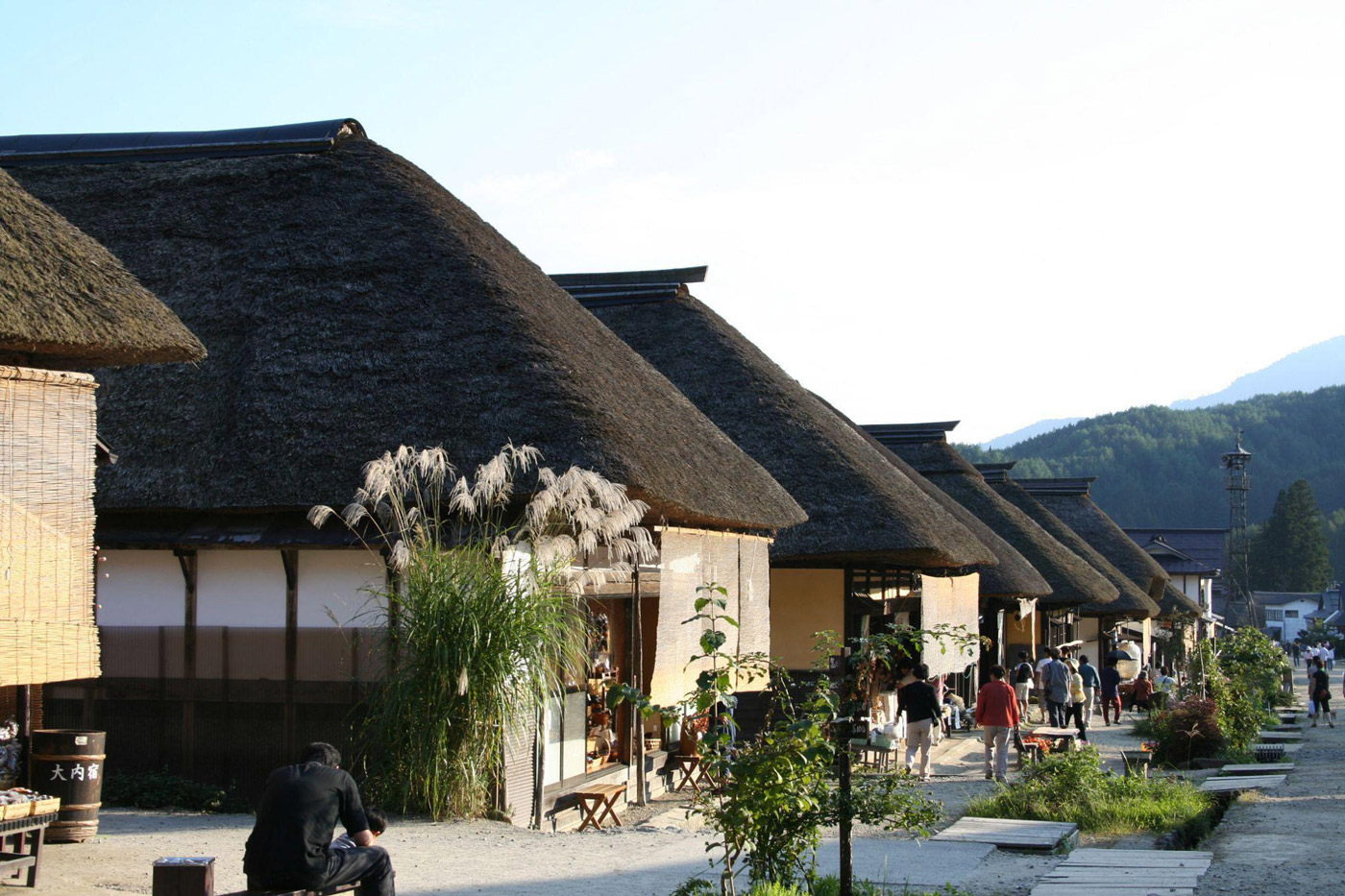
Endeavours such as Matsuzaki’s have complemented government efforts to dispel misconceptions that food from Fukushima is unsafe for consumption due to the nuclear accident.
Kazuyuki Toshiro, assistant director general of Fukushima’s Agriculture and Forestry Planning Division, says: “According to a survey on consumer awareness of reputation damage, conducted by the Consumer Affairs Agency [of Japan] with the results announced in March 2022, 6.5 per cent of respondents said they were hesitant to purchase products from the prefecture because of the negative image of Fukushima, and 59.4 per cent said they were unaware that food products are tested for radioactive substances.”
But there have been several triumphs on this front. In February, Taiwan eased import restrictions on Japanese food products from five prefectures, including Fukushima, and the UK also removed import restrictions on Fukushima’s products in June. In July, Indonesia dropped import inspection requirements on all Japanese food products. These developments demonstrate global confidence in the prefecture's inspection system for agricultural, forestry and fishery products.
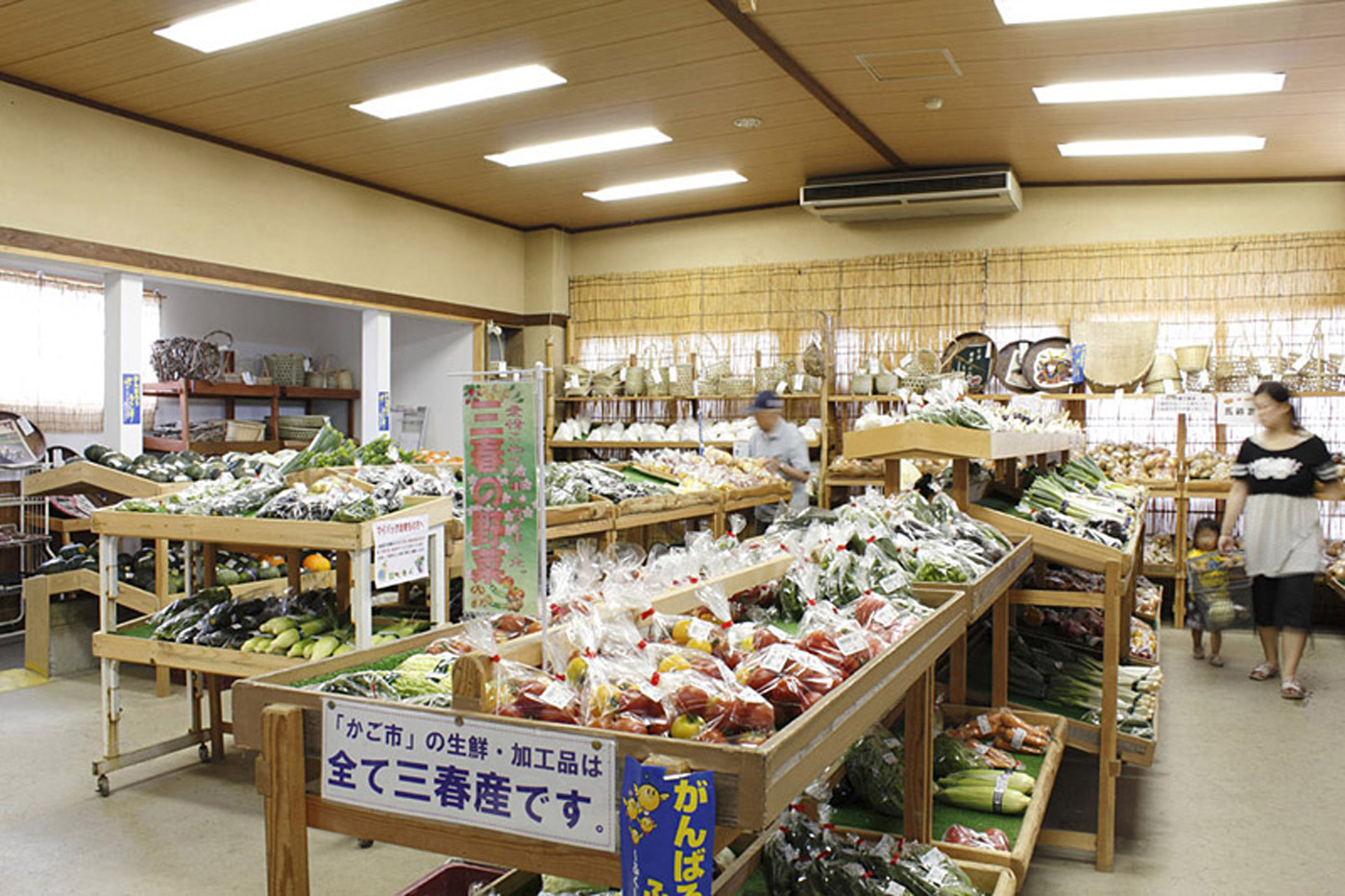
Photo: Fukushima Prefecture Tourism and Local Products Association
“The number of countries and regions that have imposed import restrictions on food products from Fukushima prefecture has decreased from 55 immediately after the nuclear accident to 12 as of August 1 of this year. So 43 countries and regions have eliminated restrictions,” Toshiro says.
“The concept of safety and security is steadily spreading, and we believe the prefecture must continue to promote this trend.”
For Matsuzaki, there is a silver lining to what Fukushima has gone through over the past decade. Since the nuclear accident, a certification programme involving municipal and prefectural governments, producers, distributors and retailers has been put in place to ensure food safety.
“Fukushima has a better inspection organisation than any other [parts of the country] because of the earthquake. This helps resolve the problem of vacant farmland, because people can start farming with peace of mind,” he says. “People are warmly connected and can work together – that was something unthinkable before.”
with the Commercial Department of the South China Morning Post.
